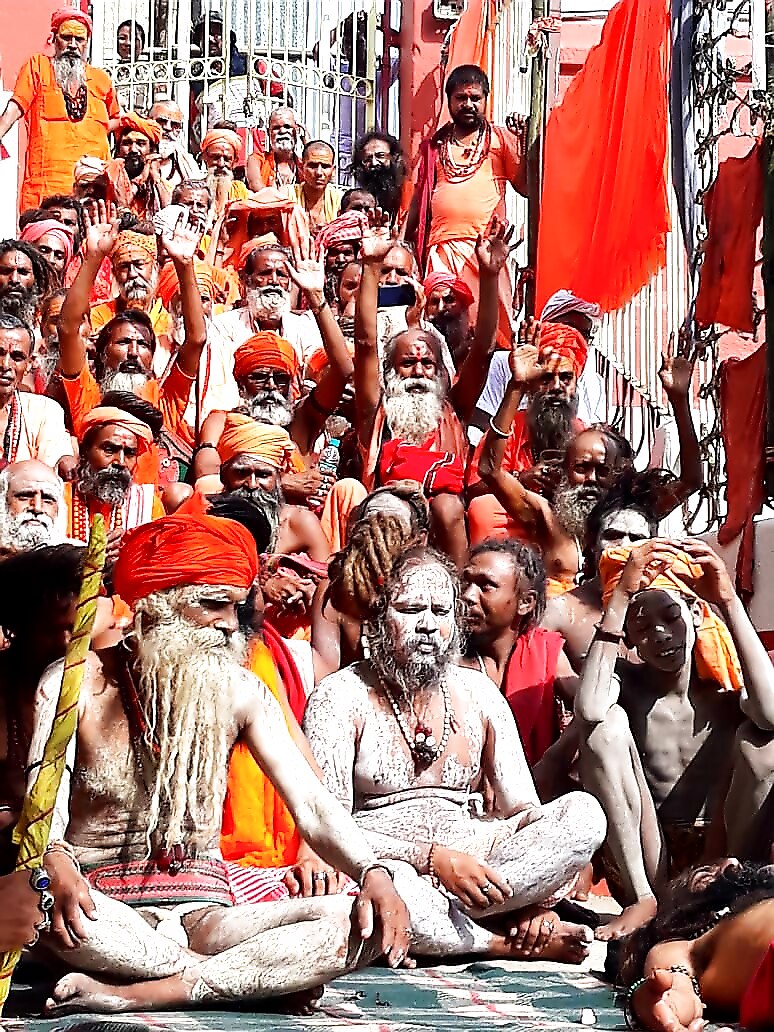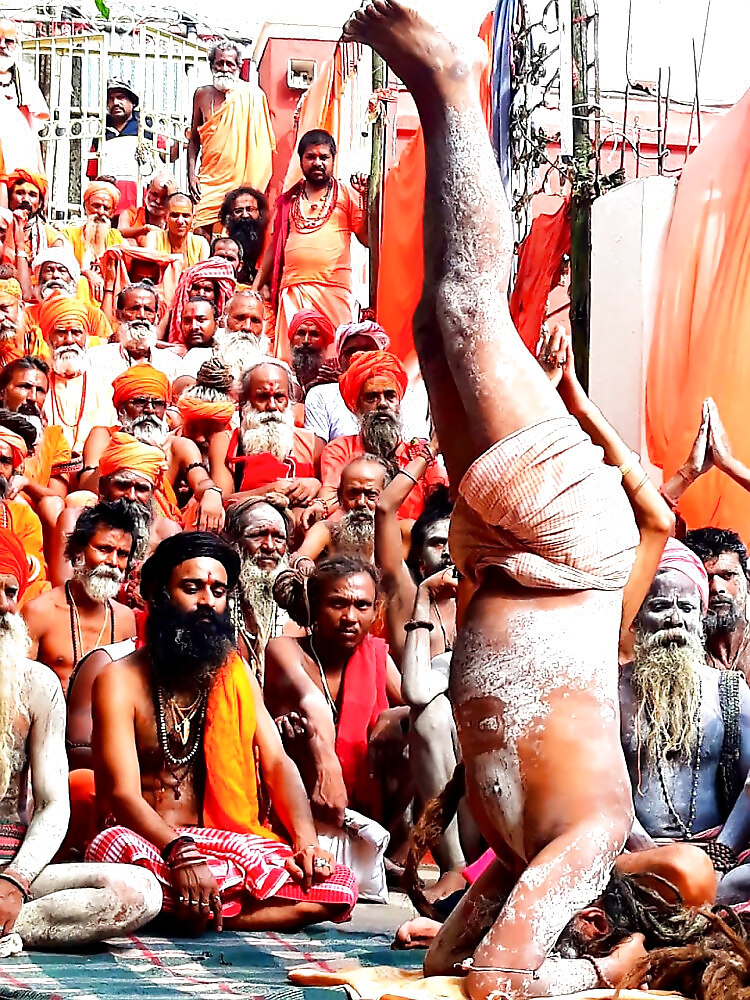
views
Guwahati: The doors of Kamakhya Temple atop the Nilachal Hill in Guwahati opened for devotees at 5:30am on Wednesday after the ritualistic bathing of the Goddess Kamakhya.
Assam chief minister Sarbananda Sonowal and state finance minister Himanta Biswa Sarma were among the first devotees to offer prayers to the Goddess after the doors of the famed Shakti peeth opened.
Sonowal later tweeted that he had prayed for the development and well-being of all on the auspicious day. The chief minister also expressed gratitude to the Shaktipeeth Kamakhya Devalaya and security forces for the success of the mela.
The annual four-day Ambubachi festival began on June 22 with the ceremonial closing of the temple doors at 9pm. During the festival, the temple remains closed to mark the belief that the annual menstrual cycle of Goddess Kamakhya falls during that period.

The state government made elaborate arrangements and introduced special initiatives to make the state’s biggest spiritual and religious festival a grand success.
For the convenience of the pilgrims, six temporary shelters, 19 food counters and 14 drinking water counters were set up. A large number of vehicles had also been arranged for the convenience of the pilgrims.
Sonowal and Union Minister of state (Independent) for tourism and culture, Prahlad Singh Patel, had formally inaugurated the mela on evening of June 21. Singer Kailash Kher had performed Hari Vandana during the opening ceremony.
Patel stressed on the need to explore more prospects for developing tourism in the state by taking advantage of vast natural resources.
Every year during the festival, the famed Kamakhya Temple attracts thousands of people from across the country and abroad. Last year, the festival had recorded a footfall of over 20 lakh.
Considered as the biggest religious congregation in eastern India, lakhs of devotees take part in the mela and add to the festive fervour. Kamakhya, atop Nilachal Hills, is one of 51 Shaktipeeths or seats of Shakti followers, each representing a body part of the Goddess.

The temple’s sanctum sanctorum houses the yoni – a female genital – on a rock inside the sanctum sanctorum, on which prayers and offerings are made by the priests and pilgrims. At the end of the three days after Amubachi, the temple is reopened; the presiding deity, is bathed and rituals are performed. A piece of red cloth, which covers the yoni during the days of menstruation, is cut into small pieces and handed out as prasad. Devotees tie this piece of cloth around their wrists.
During these days, the constant hum of hymns, chants and songs give the place the feel of a spiritual carnival.
While the temple door remained shut for four days marking the annual holy cycle of the ruling deity, lakhs off pilgrims waited in serpentine queues for a one-minute entry into the sanctum sanctorum on the fifth day (June 26) when the doors of the temple was reopened.
Devotees throng to temple premises almost a week before the festivities begin. Saints chant mantras and perform hawans. This year, too, saints from different akhara took part in these festivities. They were also seen taking part in World Yoga Day celebrations by performing different asanas.




















Comments
0 comment